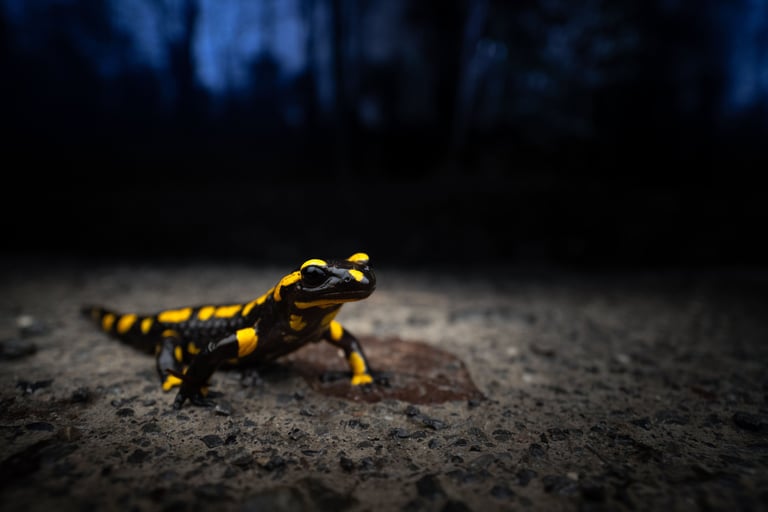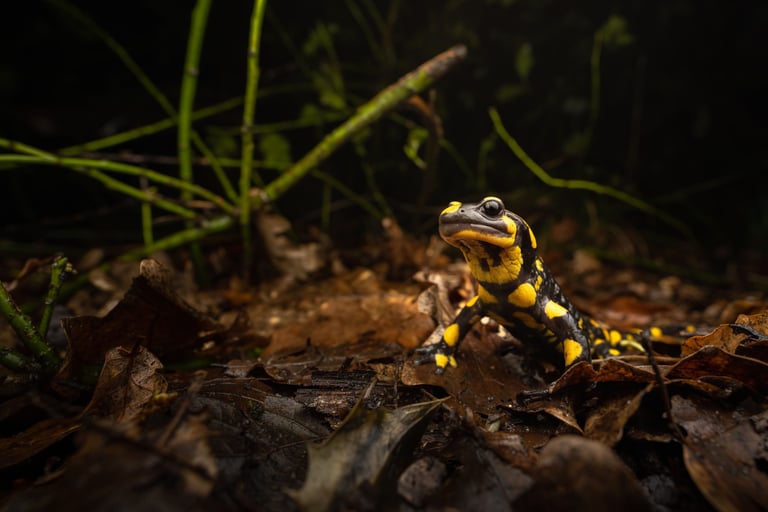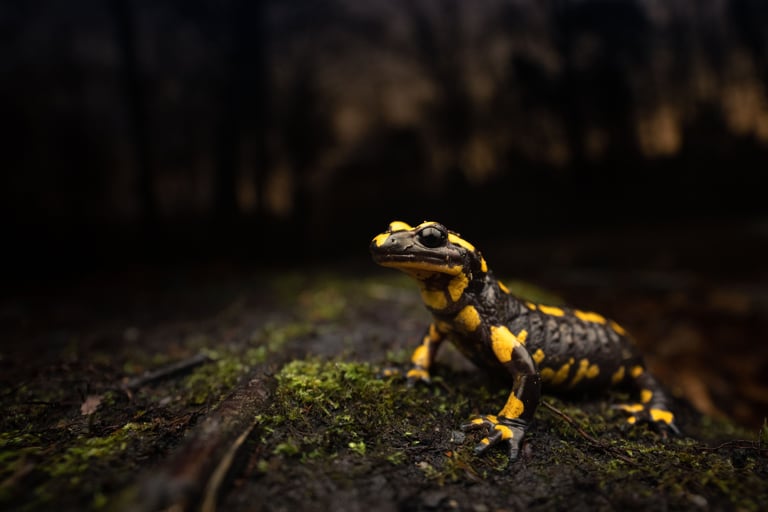Herping season - Amphibians
Some personal favorites of my amphibian escapades in the spring of 2023, hopefully not the last, but definetely enough to warrant a post.
WILDLIFEMACROHERPING
With the arrival of spring, amphibians come out and so does my eagerness to be outside. After another drab, grey, uninspiring winter, amphibians are the first to emerge, and they are some of my favorite species to see, interact with and photograph. Starting of the season I tried to see and photograph a phenomenon that I had never properly seen, nor photographed: blue moor frogs (Rana arvalis). These frogs are usually an unsuspecting brown, similar to our common frogs, but when conditions are right, the males temporarily assume a stunning blue coloration. Seeing this phenomenon is easier said than done, and the many rainy days didn't help, as the blue males are only active during warm sunny days, otherwise breeding at night. One afternoon the conditions seemed suitable and I wagered the drive south. Arriving there, I heard very few calls, and saw only the occasional head popping out of the water. Adding to this, these frogs are incredibly shy, barely allowing me a view before diving under. They seemed sort of blue, but with the afternoon light quickly fading and the glimpses of the frogs being through vegetation with binoculars, it certainly wasn't what I hoped for when I set out. The sun slowly started to go under and the frogs seemed to have disappeared entirely, so I spent some time photographing the much less shy common toads. Accepting the fact that I wasn't gonna have success with the frogs, I prepared to leave the area, but not before another last look (or make that 3, much to the annoyance of my girlfriend, sorry Brit ;)) and that very last look delivered! A single moor frog head was poking out of the water in a somewhat accessible spot. Sneaking through towards it delivered me wet socks, wet pants and even wet underwear from an inconvenient position of my butt a little too close to the waters surface, but more importantly, it delivered me an image of a blue moor frog. Not the bluest they can get, but definitely not brown, and a very good start!
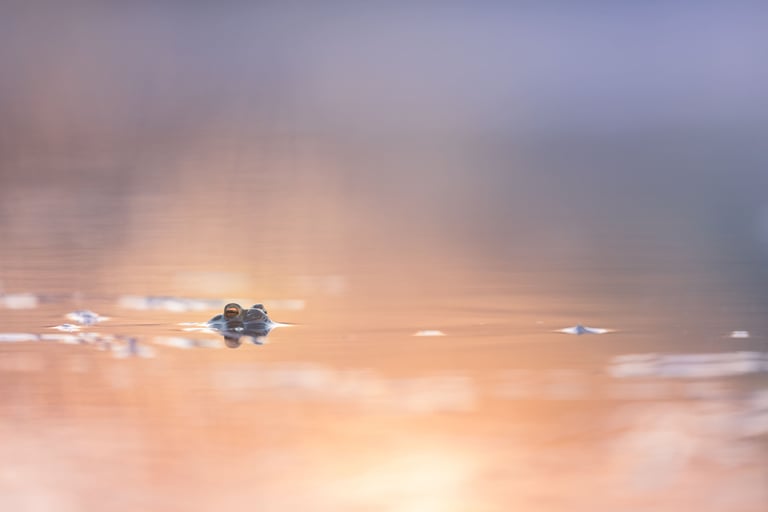
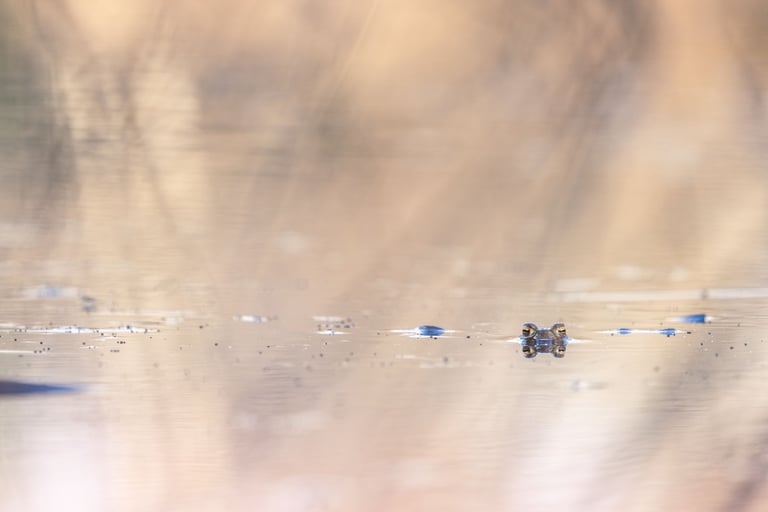




I didn't have enough of the lovely common toads after my moor frog escapades, so I went out for a rainy evening at the peak of their migration season. I secretly hoped to find some great crested newts (Triturus cristatus), but even without finding any of them I had a wonderful time. Finding well over 300 toads in just a few hours, alongside common and green frogs and a few common newts. All the animals were safely transferred of the road and there was time to make a few images in interesting conditions, with wet asphalt and the reflections of the car lights making for creative conditions. There's definitely space for more, but it was a very fun start. Additionally I spent a fair amount of time with alpine newts (Ichtyosaura alpestris) the past few weeks, partially for work, but also on a few evening walks. These are a fair bit quicker and more shy than the toads, so images are a fair bit more difficult, but I got a few nice ones nonetheless.
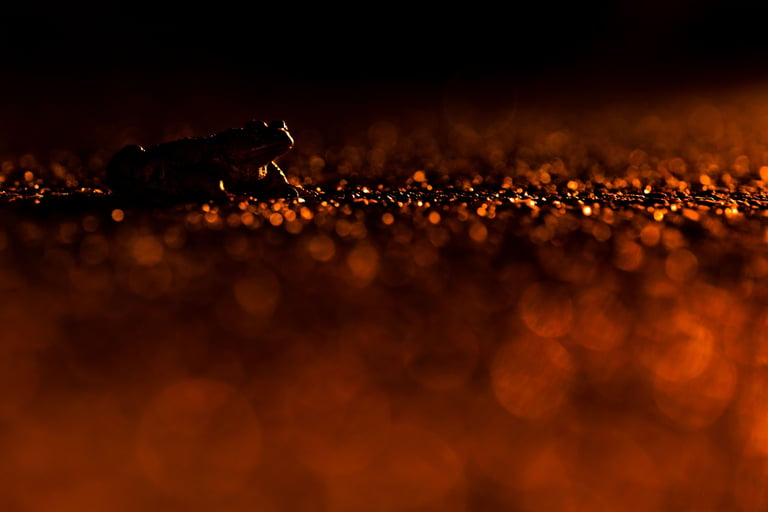
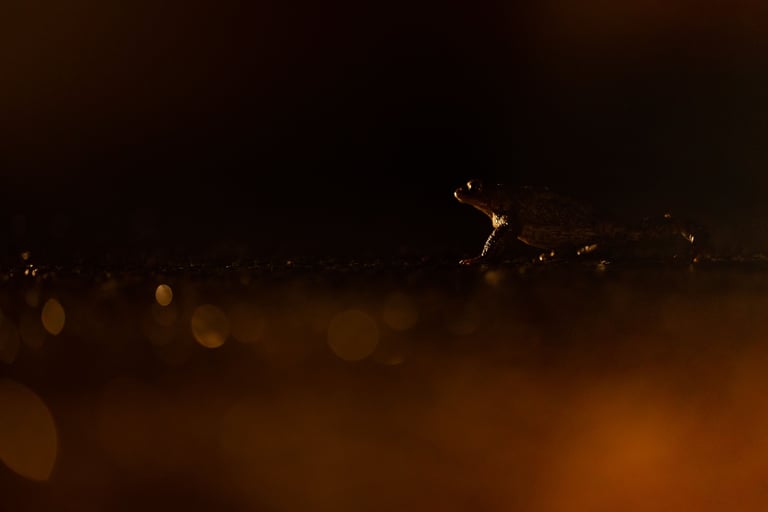

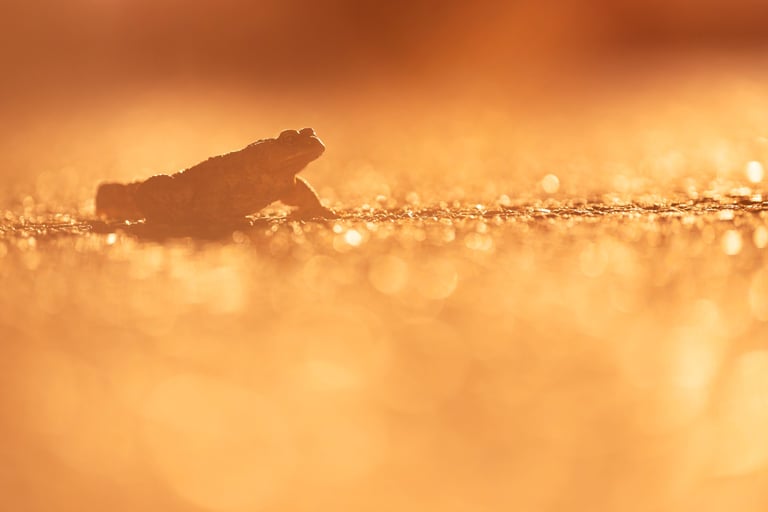
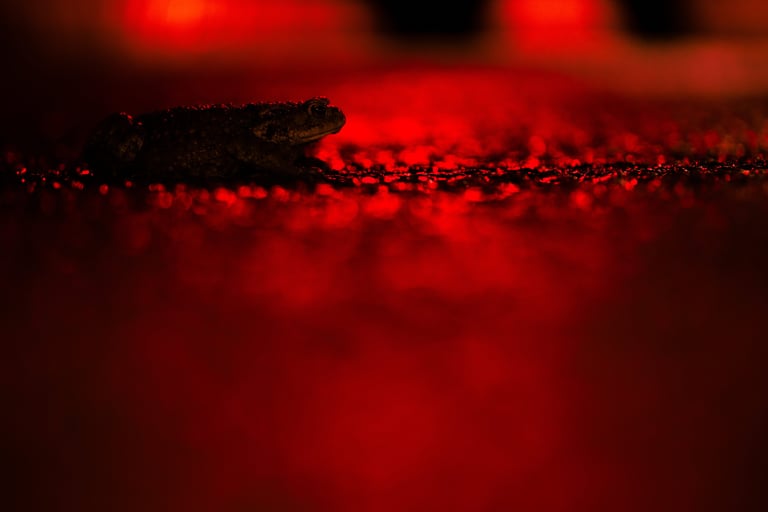
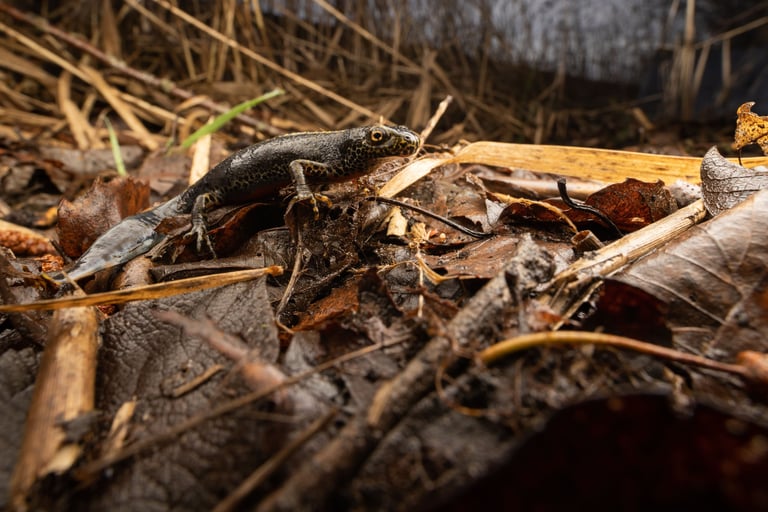
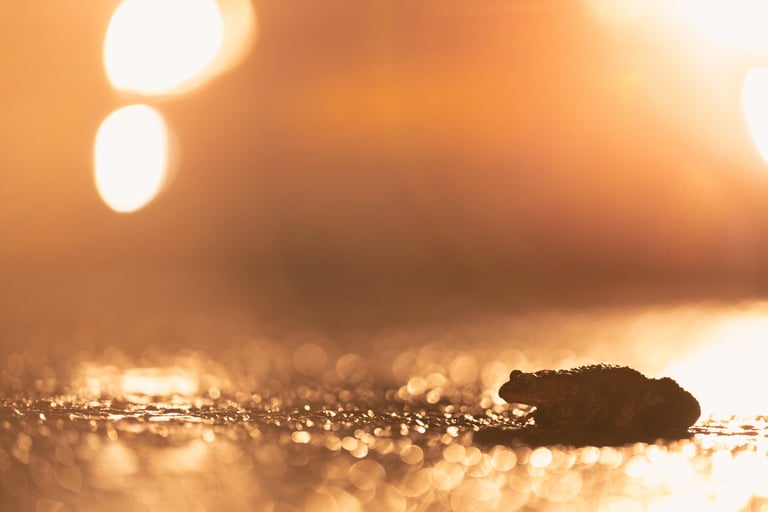
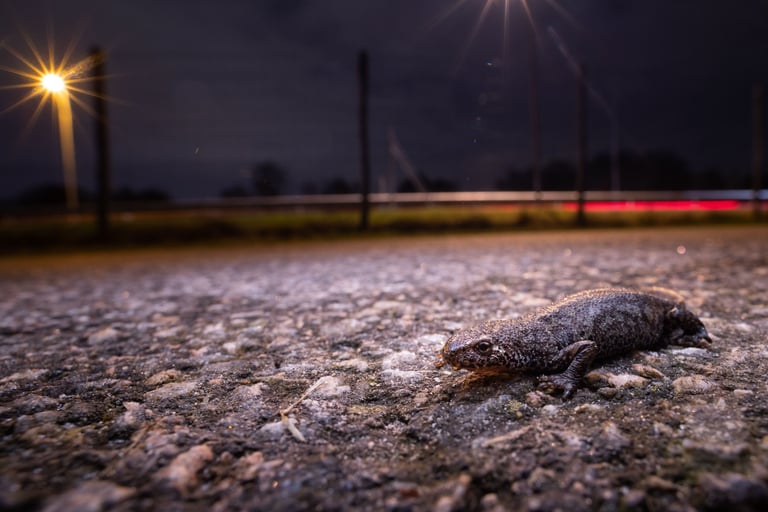










I also spent some time taking a few pics of the water phases of both smooth newt (Lissotriton vulgaris) and alpine newt. A very different, but in my opinion very attractive way to show these animals as they truly are at their best in their breeding colors. All animals shown below are males.
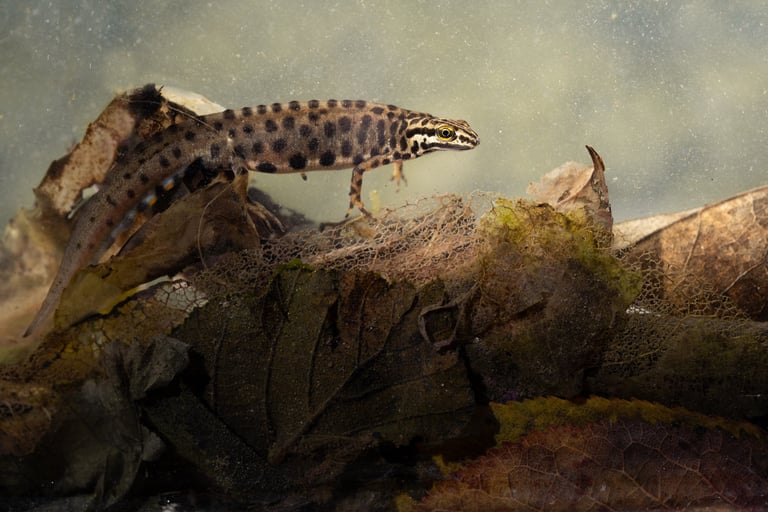
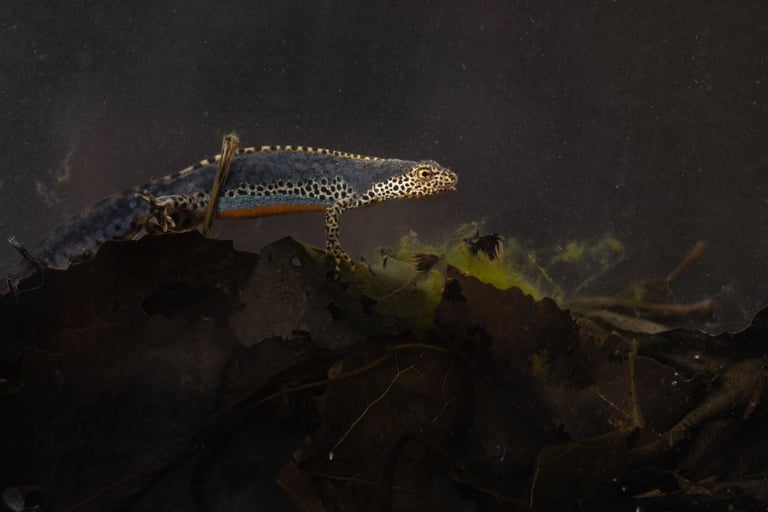
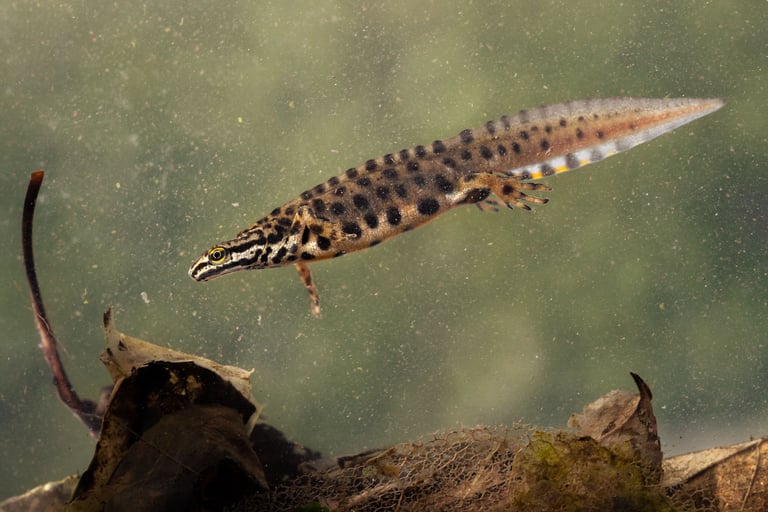
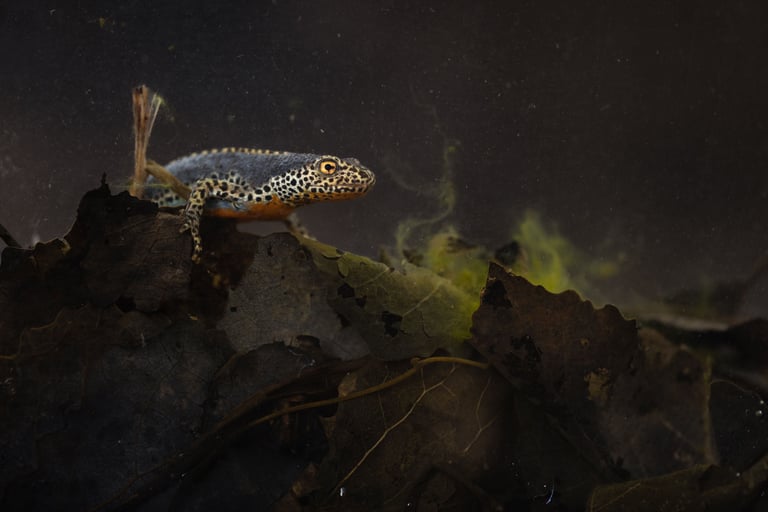
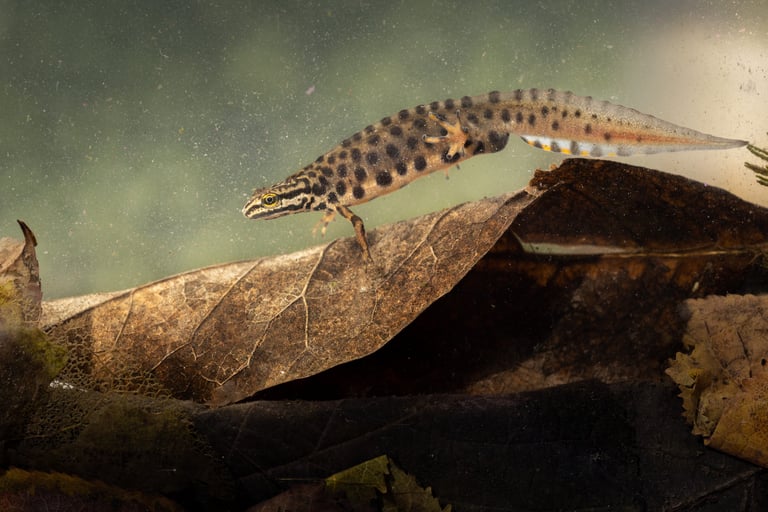
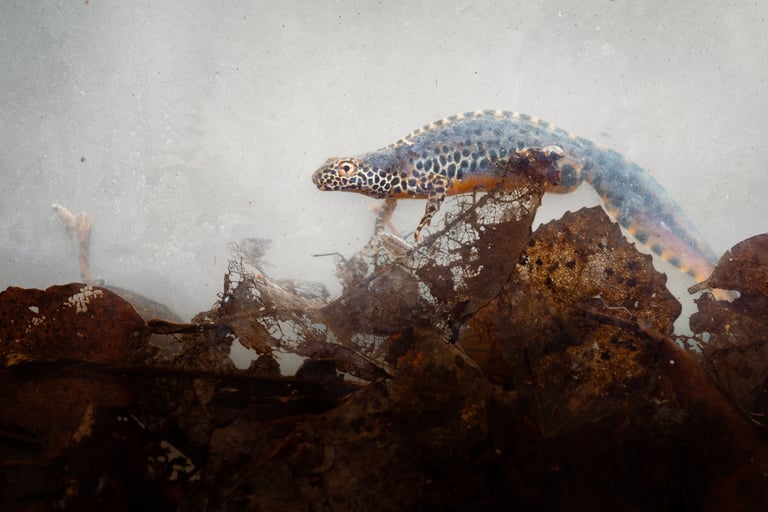






Saving the best for last may not be the wisest thing to do in a blog, But I'm doing it anyway. Europe's most enigmatic amphibian is in my opinion the huge fire salamander (Salamandra salamandra). Sadly, the Dutch population has collapsed almost entirely because of a fungus called Batrachochyrium salamandrivorans that came to Europe from Asia via the amphibian trade. I knew of a population in Germany that I had visited during the day before, but this time I wanted to see them out and about, going about their business. A warm rainy evening provided good conditions and I made the drive towards their little forest which lies surrounded by city borders. This evening was truly one of my favorites in a long time, finding over 20 stunning fire salamanders, some of them truly gigantic. This population seems healthy and thriving and I truly hope the fungus doesn't reach it, but considering the heavy foot traffic the area gets I fear for the worst. Trying not to think about that too much, I had a lovely time observing and photographing these awesome animals. When the rain started really chucking it down, we decided to call it a night and head home, very very satisfied. Some of my favorite images ever, and a spectacular evening well spent!
